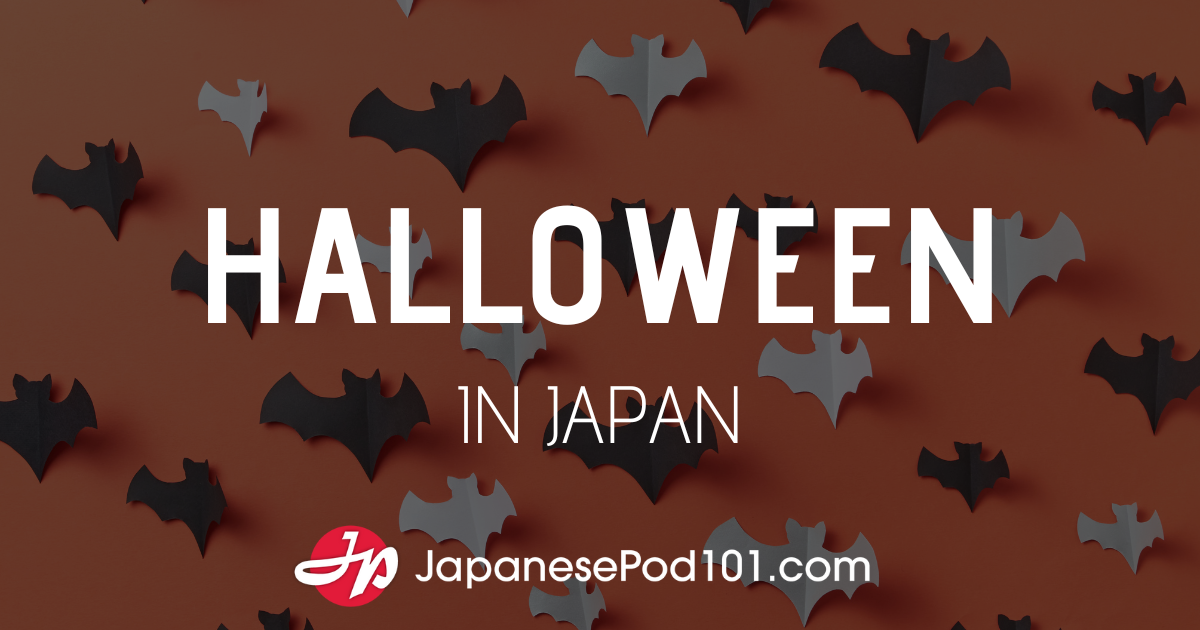| Quick Links Welcome to Kanji Curiosity | The Basics | Glossary |
If English speakers talk about seeing something quickly, they usually mean that they glimpsed something as it whizzed by but couldn’t study the image in detail. In Japanese, looking at something fast has an entirely different meaning:
早見 (hayami: chart, table) fast + to see
An alternate way of writing this compound features another “fast” kanji: 速見 (fast + to see). In both compounds, notice the kun-kun construction. This is old Japanese.
A chart organizes the bare bones of information, enabling you to find what you need quickly!
And what would it mean to look at something slowly in Japanese? Think of quintessential Japanese creations such as gravel gardens, suiseki (水石: comprehension of nature through the appreciation of stones, water + stone), and the tea ceremony. To understand and enjoy these seemingly cryptic cultural expressions, one has to cultivate a deep stillness of mind and spirit, delving far beneath surfaces and finding something important below. (Or so I’ve heard!) In this way, one can see the essence—which is to say the “inherent quality”—of a thing:
本質 (honshitsu: essence) inherent + quality
Isn’t that lovely? To grasp the essence of a person, you need to see and understand that person’s inherent qualities.
Not seeing also has its benefits. There’s a whole lot in life that one needs to ignore, if one stands a chance of moving forward (as opposed to bogging down in the past). Here’s the way not to see something in Japanese:
無視する (mushi suru: to ignore) not + to see, look at
In order to see well, you need light. It’s natural to associate light with bright sunshine, but we don’t always have the sun overhead. As every day begins and ends, we get to see light in transition, a mix of light and dark, the union of opposites. The following cool compounds have to do with this dramatic change that happens routinely but never gets old:
夜明け (yoake: dawn) night + to become light
Whereas Homer wrote of “dawn’s rosy fingers,” this Japanese combination (another kun-kun creation, by the way) is a bit more straightforward. Halpern defines 明け here as “to become light, dawn, break.” You may recognize 明け as the first part of this expression:
明けましておめでとうございます
Akemashite omedetō gozaimasu
Happy New YearIn that case, 明け means “to begin, open.” And then in other cases, -明け is a suffix meaning “end, expiration,” as in 連休明け (renkyūake: end of vacation, consecutive + days off + end). Hmm—明け can refer both to the end and the beginning? The end of night is the beginning of day, so it all makes sense in terms of 夜明け. But otherwise, I sense some room for confusion!
黎明 (reimei: dawn, twilight) dark + light, dawn
Ah, it is indeed dark before dawn, as they say, and this breakdown is proof of that! The first character, a crazy concoction if I’ve ever seen one, is a rare kanji meaning “dark, black; many.” It has the kun-yomi of kuro(i), just as the much more common 黒 (black) does. Note that 黎明 uses the on-yomi of 明, MEI.
夕焼け (yūyake: sunset glow) evening + to burn
Once, when I told a Japanese friend that I was enjoying a glorious sunset, I used 日の入り (hinoiri: sun + entering), in and of itself a very cool compound; I imagine that in the island nation of Japan, the setting sun often appears to be entering the ocean. He said 日の入り has nothing to do with the colors streaking the sky, only with the sun’s movement. If you want to talk about the gorgeous traces of a sun that has set, you need to use 夕焼け—a sky burning in the evening, I suppose!
Light at night. This Christchurch, NZ, memorial to war veterans brings to mind the Arc de Triomphe in Paris. And the little light above? That’s the moon! It looked immense to the naked eye. I wish I understood what happened photographically!
More Pictures of Beautiful Christchurch …
This is the final installment of the Cool Compounds series. Time to snap out of vacation mode and return to focusing on one kanji at a time.
But vacation isn’t over quite yet. It’s time for your Verbal Logic Quiz!









